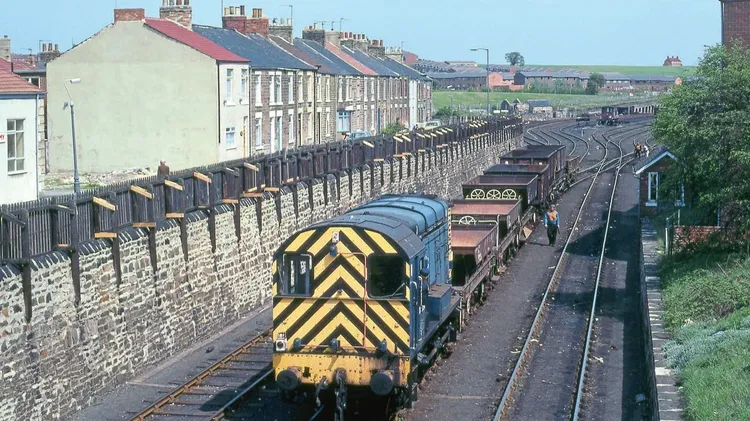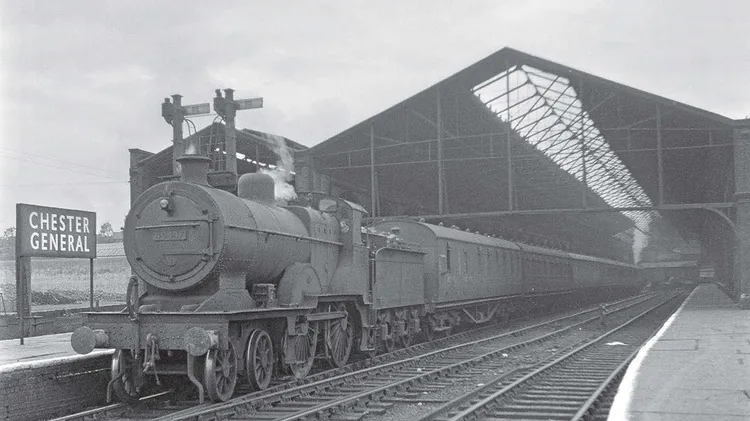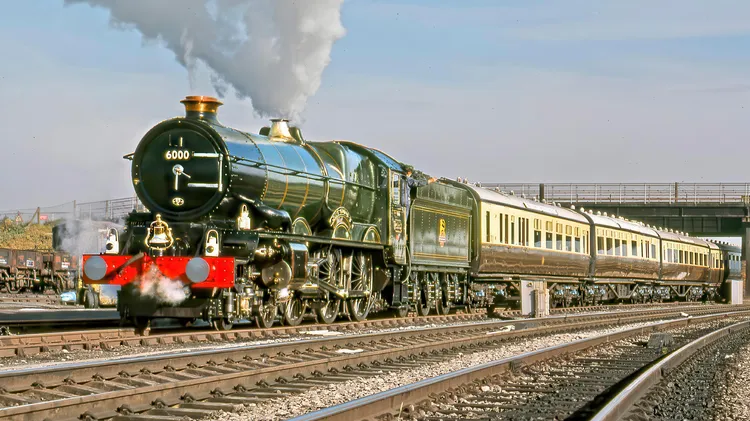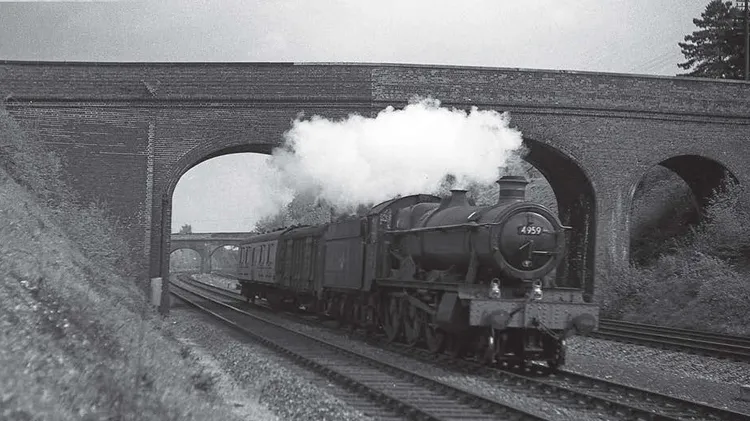Roger Griffiths and John Hooper offer an intro
Crewe works pilot locomotives the steam classes
32 min read
This article is from...
Read this article and 8000+ more magazines and newspapers on Readly






